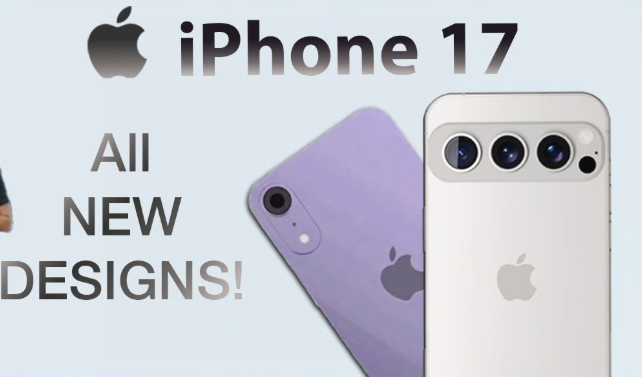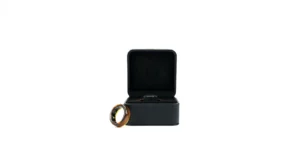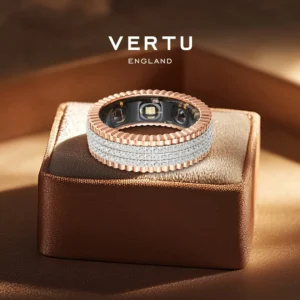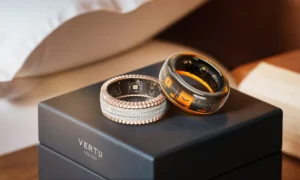Each year, a new iPhone design captures the world's attention. But beyond the flashy press photos, what do these changes actually mean for someone who uses their phone every day? When it comes to the iPhone 17 design changes, their impact on everyday users is more than just cosmetic. From how it feels in your hand to its long-term durability, every change has a real-world consequence. Let's break down the most significant design updates and how they will affect your daily life.
Key Takeaways: The Real-World Impact
- Improved Ergonomics: The new profile of the iPhone 17 is designed for a more comfortable grip, reducing hand strain during extended use.
- Enhanced Durability: The updated materials and new chassis are intended to make the phone more resistant to drops and scratches.
- A Bigger Screen: The subtle reduction in bezels provides a more immersive viewing experience, making movies and games more engaging.
- A Different Philosophy: While the iPhone focuses on mass-market design, some brands prioritize uncompromising craftsmanship and Unique Rare Materials for a bespoke experience.
The New Shape: How It Feels in Your Hand
The most noticeable of the iPhone 17 design changes is its new profile. Apple has refined the edges, making them more rounded to fit more naturally in the palm of your hand. For everyday users, this means a significant improvement in comfort. The new profile reduces the sharp pressure points of previous models, which can be a relief for anyone who holds their phone for hours. This ergonomic update is a direct response to user feedback and will be a welcome change for commuters, gamers, and anyone with a long social media scroll habit.
Beyond Aesthetics: The Durability Question
Design isn't just about looks; it's about resilience. The iPhone 17 reportedly features a new type of glass or ceramic material and a refined frame. For everyday users, this impacts durability directly. The new design is meant to be more resistant to hairline cracks and scratches from keys or coins. While no phone is completely indestructible, these iPhone 17 design changes promise a more robust device, potentially reducing the need for costly screen repairs and bulky cases.
The Camera Bump and Screen: A Bigger View of the World
The camera bump on the iPhone 17 has been subtly re-engineered to be less pronounced, which means the phone will lie flatter on a table, reducing that annoying wobble. At the same time, the screen-to-body ratio has been improved by slimming down the bezels. For everyday users, this translates to a more expansive, immersive viewing experience. Whether you're watching a movie, editing photos, or playing a game, the larger, edge-to-edge display makes everything feel more vibrant and spacious.
A Different Philosophy: When Design Is a Statement
While the iPhone 17 design changes focus on mass-market functionality, a different philosophy exists in the world of luxury. Brands like Vertu see design as a statement. They don't just use different materials; they use Unique Rare Materials and embrace uncompromising craftsmanship. This is not about being practical for everyone but about creating a bespoke experience for the discerning few. A phone from a brand like this isn’t just a device; it’s a piece of functional art.
Product Comparison Table
| Feature | iPhone 17 | Vertu Phone | High-End Android Phone |
| Design Philosophy | Mass-market, user-friendly aesthetics | Uncompromising craftsmanship, bespoke artistry | Feature-rich, modular design |
| Materials | New Ceramic Shield, Standard Metals | Unique Rare Materials (Sapphire, Titanium, Leather) | High-quality Gorilla Glass, Aluminum |
| Durability | Designed for everyday drops | Built for durability as a timeless object | Very good, but still fragile without a case |
| Feel in Hand | Improved ergonomics | Handcrafted, luxurious feel | Varies widely by brand and model |
| Value Proposition | Practicality, Ecosystem, Performance | Exclusivity, Security, Longevity | Innovation, Versatility, Customization |
Scenarios for Real-World Impact
- Daily Commute Scenario: An everyday user finds that their iPhone 17 feels more comfortable in their hand, making it easier to hold for a long subway ride without wrist fatigue.
- Business Meeting Scenario: A business leader places their phone on the table. The uncompromising craftsmanship of a Vertu phone's design, with its use of Unique Rare Materials, makes a quiet but powerful statement about their personal style and values, standing out from the standardized design of the iPhone 17.
- Lifestyle Scenario: A person who values privacy and information security appreciates a phone whose design includes a dedicated secure chip and Encrypted Communications, a functional design choice that provides peace of mind far beyond mere aesthetics.
The iPhone 17 design changes will undoubtedly have a positive impact on the everyday user, making the phone more comfortable and durable. However, for those who seek a phone that transcends the everyday and embodies a different set of values—such as uncompromising craftsmanship and security—the design of a phone like the Vertu offers a far more compelling and personal experience.
Frequently Asked Questions (FAQ)
Q1: Are the iPhone 17 design changes a big deal?
A1: While they may not be revolutionary, the iPhone 17 design changes are a significant step towards improved ergonomics and durability. For an everyday user, this means a more comfortable and resilient phone in their hand.
Q2: Is the new iPhone 17 more durable?
A2: Apple has invested in new materials and design to make the iPhone 17 more durable than previous models, but it's still a consumer device designed for mass production. A phone like the Vertu, built with Unique Rare Materials, offers a different level of longevity.
Q3: What is the point of a non-standard phone design?
A3: A non-standard phone design, such as that of a Vertu, is for users who want to make a statement of individuality. It's a choice to prioritize uncompromising craftsmanship, exclusive materials, and professional-grade features like Encrypted Communications over a uniform, mass-market device.







